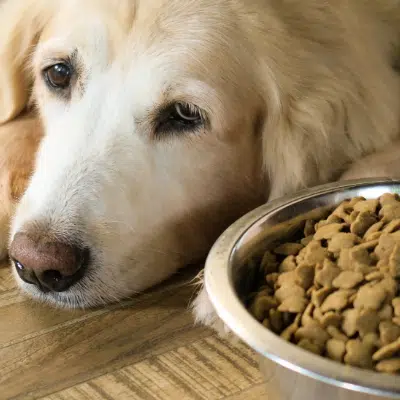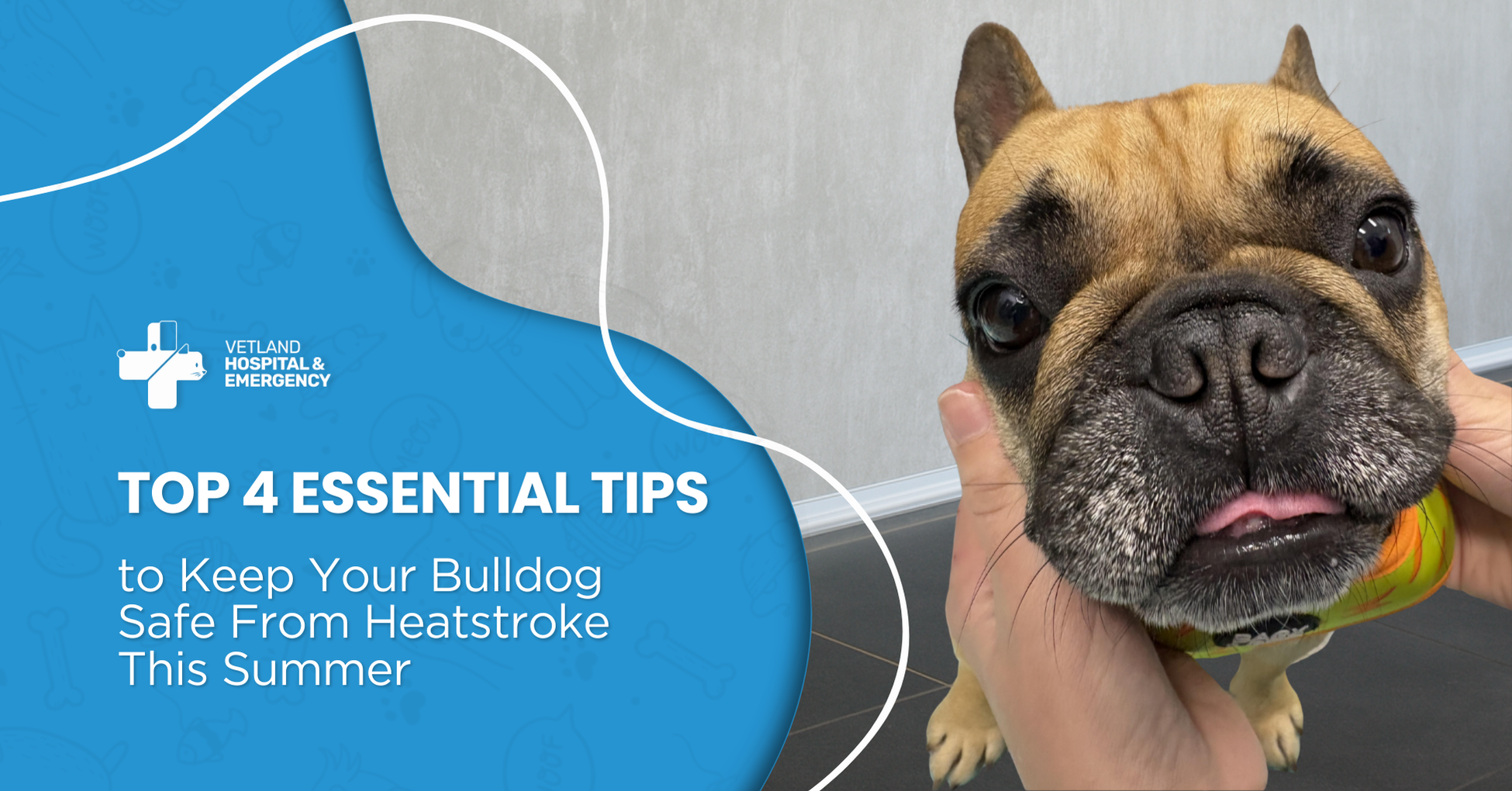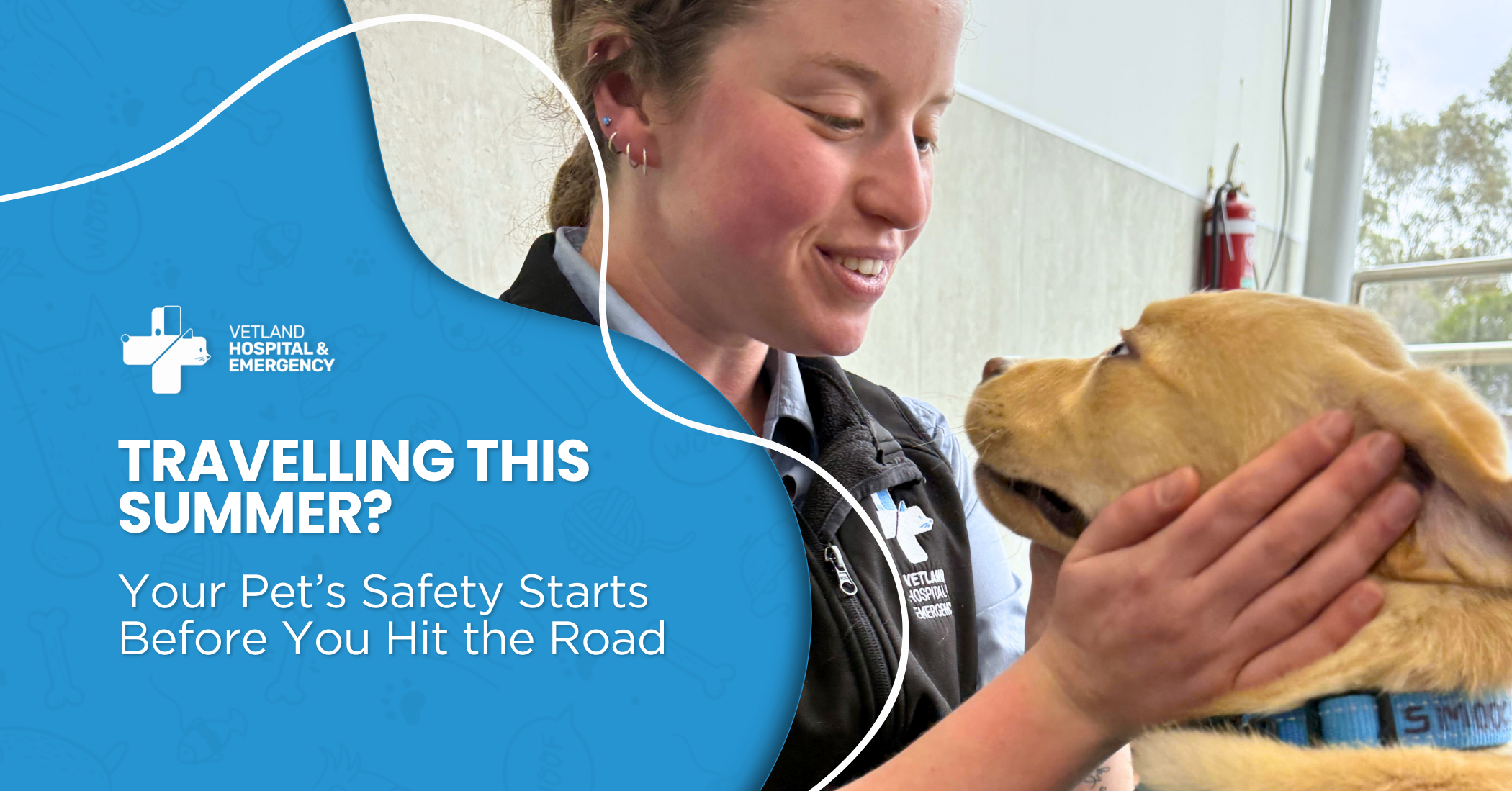Top 4 Essential Tips to Keep Your Bulldog Safe From Heatstroke This Summer
Summer is the season for sunshine, play, and poolside fun. But for bulldogs and other short-nosed breeds, hot weather brings serious risks that quite...

Tips to get fussy cats and dogs to eat their new food;
Is your pet a nightmare when it comes to a new food? At the very least, you’re certainly not alone. So many of my clients have notoriously fussy pets – cats as well as dogs. And this can be especially difficult when it’s time for a diet shakeup.
As veterinarians, we will often encourage a change to your pet’s diet – either to upgrade to a more premium brand of nutrition or using a prescription diet as part of their medical treatment. Either way, it’s not easy and can be really stressful. Here are some of my tips to encourage your fussy pooch or puss to be accepting of their new eating arrangements.
Did you know that whilst humans have 9,000 taste buds, dogs only have 1,700, and cats have only 450! Taste isn’t everything when it comes to fussy pets, so it’s time to think about other ways we can leverage their more powerful senses.
These are just some of the ways you can encourage your fussy pet to accept a new diet. I hope you’ve found some of the information in this article helpful, it’s been a pleasure to share it with you. Stay safe, pet parents!

Veterinarian

Summer is the season for sunshine, play, and poolside fun. But for bulldogs and other short-nosed breeds, hot weather brings serious risks that quite...

Summer holidays are nearly here, and I know many of you are preparing for sunshine, beaches, and long-awaited adventures.If your pet is joining you,...
-1.png)
If you’ve ever wondered whether you’re truly doing the right thing for your pet when it comes to vaccinations, you’re not alone.